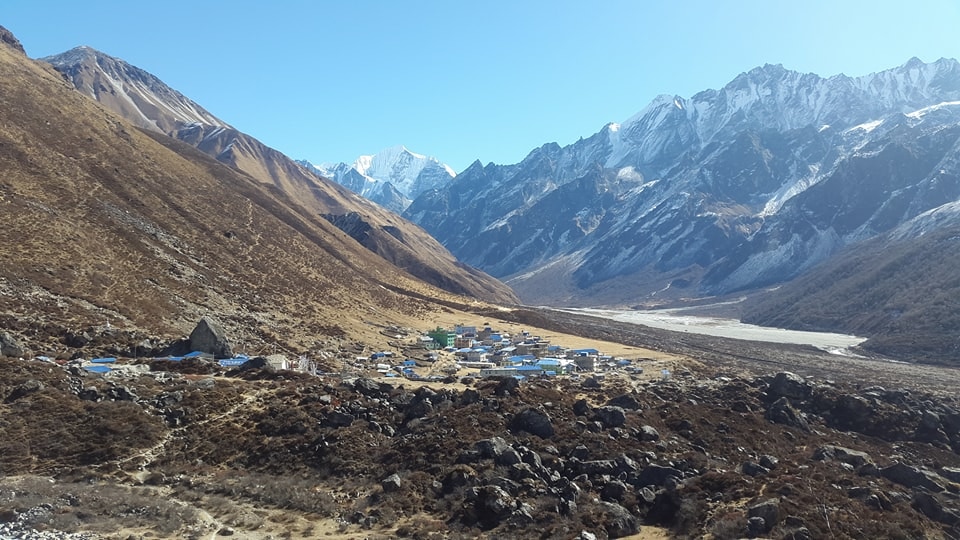This year I discovered that I’m not a fan of the New Year’s Resolution. But I’m not about to throw the champagne out with the party cups. Perhaps we can capture the discontented feelings that arise and trigger us to jump into a New Years Resolution and instead channel the energy to create longer lasting change.
As February starts turning into March, and hot cross buns have been hitting the supermarket shelves for weeks, I’m already wondering where this year has disappeared to. Our New Year Resolutions could may well be a distant memory.
The New Year & Resolutions
Whether you celebrate it or not, love it or loathe it, the New Year is an event that punctuates the Calendar year. Between every other month, we seamlessly (and sometimes unwittingly) transition from one month to the next. December 31 stands out like a sparkler in the night sky, when the fun and frivolity of the “silly season” draws to a crescendo. We take stock of where we are in life and where we want to be.
It just so happens that it is also a time of general overindulgence (food, drink, fun and lack of sleep), which eventually generates feelings of discomfort and discontent. For some of us, we might start considering study, a career change, quitting our job, booking a trip, buying a gym membership, starting Yoga or taking up running. Or all of the above. And perhaps we even make a New Years Resolution to make it happen.
With the chaos, confusion, joy and overindulgence of the season still reverberating through us, is this the best time or head-space to be making serious commitments and long-lasting, successful changes?
Losar

Losar (Tibetan for “New Year”) is a Tibetan Buddhist festival which can last 15 days, celebrating the Lunar New Year. Losar occurs on the first new moon between 21 Jan and 20 Feb and celebrations range from 3 – 15 days. This year, Losar starts on 16th February.
Losar was an ancient winter solstice celebration until perhaps the 16th century when it was moved to coincide with the Mongolian and Chinese New Years, the date of which are calculated by the Lunar Calendar (if you’re wondering about the difference between the Solar and Lunar Calendars, see the notes below. BTW – it’s currently the Tibetan Year 2144).
Losar is celebrated to bring good fortune for the year ahead. Each year is assigned an element (Earth, Fire, Water, Iron, Wood) and an Animal (rat, ox, tiger, rabbit, dragon, snake, horse, goat, monkey, rooster, dog or pig).
To prepare for Losar, families thoroughly clean and declutter their homes and decorate them with flowers. They settle outstanding debts. They sort-out old grudges. And of course there’s prayers, blessings, dancing and drinking Tibetan Tea.
New Year’s Resolutions vs Long Term Change
Sometimes things in our life need to change. And change takes effort. Author and speaker Robin Sharma (ofThe Monk Who Sold His Ferrari books) says “Change is hard at first, messy in the middle and gorgeous at the end”.
Making a reactionary New Years Resolution to what was going in at that moment, when we’re feeling discontented is not likely to help us make the changes we need. In fact, the Trasnstheoretical Model of Change in psychology shows that there are six stages of change, which we move through (forward and backward) at different rates.
1. Precontemplation: we don’t see any problems and there’s nothing we want to change.
2. Contemplation: we start to see a problem that we need to address, but we’re not sure that we want to or how we want to make changes.
3. Preparation: getting ready to change.
4. Action: we make the changes.
5. Maintenance: we keep on going.
6. Relapse (sometimes): we go back to our old behaviours and move through the cycle once again.
The New Year may be a time that triggers us from the precontemplation to contemplation stages where we actually see there is a problem in our life and that we might have to make some changes. This is a good thing. But forcing ourselves to make random changes without giving ourselves the time and space to live in contemplation and preparation is essentially rushing us through stages 3, 4 & 5 and suddenly we’ll be relapsing and giving up.
Losar and Change
 Losar is a few weeks after the Solar New Year so it gives a little time and space to work through preparation and action stages. So if your 2018 hasn’t quite gotten off to an ideal start I invite you to start again with a little Tibetan flavour: tidy up, declutter, settle old debts and grudges. Think about what changes you want to make and make some goals of how to get there.
Losar is a few weeks after the Solar New Year so it gives a little time and space to work through preparation and action stages. So if your 2018 hasn’t quite gotten off to an ideal start I invite you to start again with a little Tibetan flavour: tidy up, declutter, settle old debts and grudges. Think about what changes you want to make and make some goals of how to get there.
But in all honesty, it is another random date on the calendar. I invite you to start your own Personal New Year on whichever date you choose. Whenever your New Year starts, I hope it’s a great one.
Happy Losar!
x
Emily
Side-note: Lunar vs Solar New Year
The Solar Calendar (that we are used to) is determined by the sun – or rather, the Earth’s revolution around the sun. Because of this, the seasons always fall in particular parts of the year. We know that July 100 years ago in Australia, it was Winter. In contrast, the Lunar Calendar is dictated by the cycles of the moon: the first day of the month is always a new moon, the full moon lands in the middle of the month. The annual lunar calendar is set to 12 rotations of the moon, but this doesn’t quite match with the time it takes the Earth to orbit the sun. Thus, if you stick with just the lunar calendar you will find the seasons fall out of sync and over time, the season start to drift to fall in different months. The solar calendar falls out of sync with the phases of the moon.





